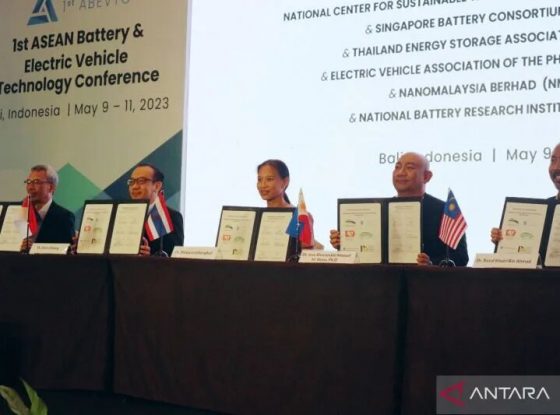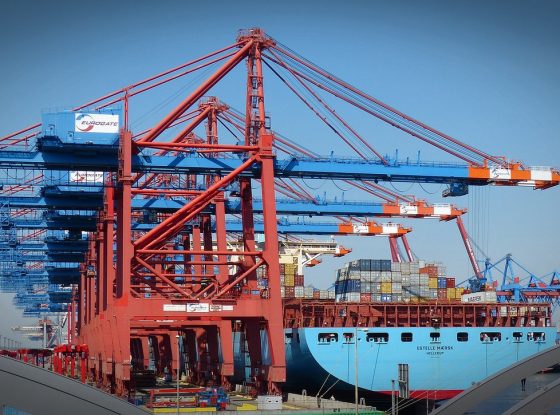#IntlWomensDay: 6 Powerhouse Women Leading The Clean Energy Transformation

This International Women’s Day, it’s time to celebrate the many talented women who are transforming the entire energy ecosystem. These women have been toiling away at these efforts, often under the radar for years, with limited resources. It’s time to shine a light on them.
These women are able to make more of a difference now that more support is available via the trifecta of federal legislation passed in 2021 and 2022, including funding and financial incentives (by President Biden and the Democratic Congress under Speaker Nancy Pelosi, another woman who made history). The combination of the Inflation Reduction Act, the Infrastructure Investment and Jobs Act, and the CHIPS and Science Act allocated about $3 Trillion to upgrade the U.S. infrastructure, accelerate the clean energy transition, and improve the resilience of communities to the ravages of climate change.
One of the women making history reinventing our energy ecosystem is Vanessa Chan, Ph.D., Chief Commercialization Officer of the Department of Energy and Director of the Office of Technology Transition. She told me in an exclusive interview that the goal of the Inflation Reduction Act energy provisions is to catalyze private capital. Chan told me the goal is to catalyze $30 Trillion in private capital.
“The theme across all of this, this clean energy transition, it is private sector led, but government enabled, Chan explained on Electric Ladies Podcast, which Energy Secretary Jennifer Granholm reiterated at a National Press Club speech recently too – the woman leading the charge to power our economy with clean energy. “So, we as a government are trying to enable the private sector to move faster so we can meet our very ambitious goal, which includes a 50% reduction from 2005 levels of greenhouse gas pollution by 2030,” Dr. Chan added. “There’s a lot of clean energy technologies that are underpinning all of this and, includes things like, clean hydrogen, advanced nuclear, virtual power plants, carbon capture and sequestration and so forth.”
Source : forbes.com



